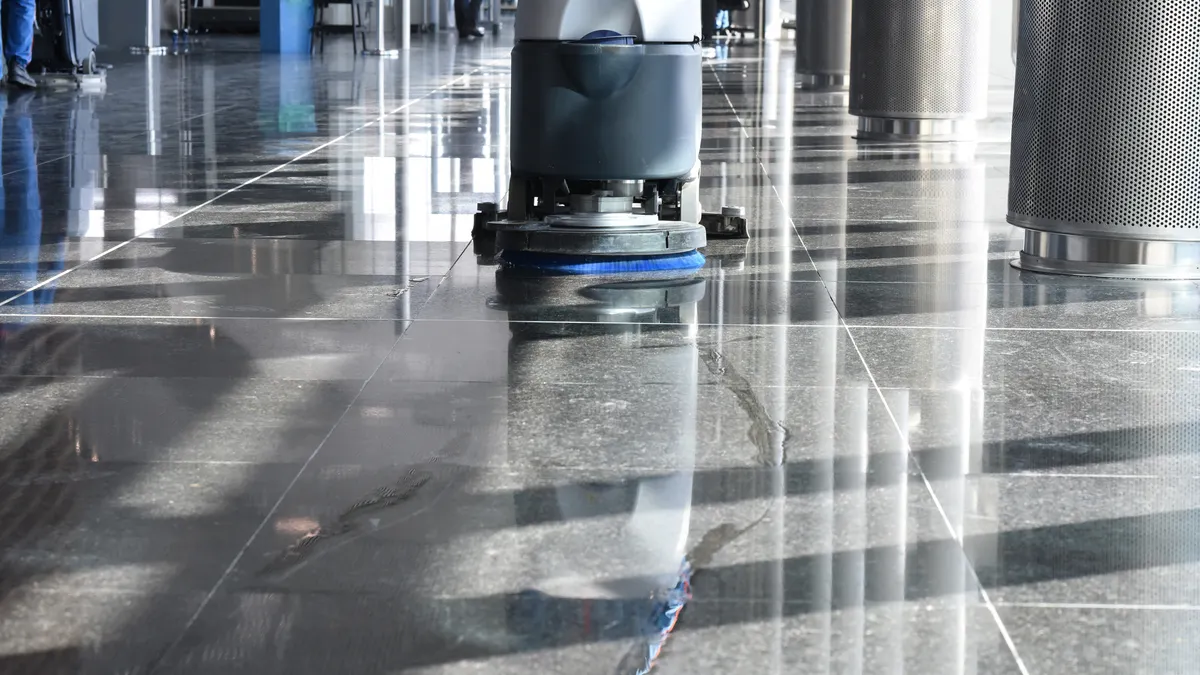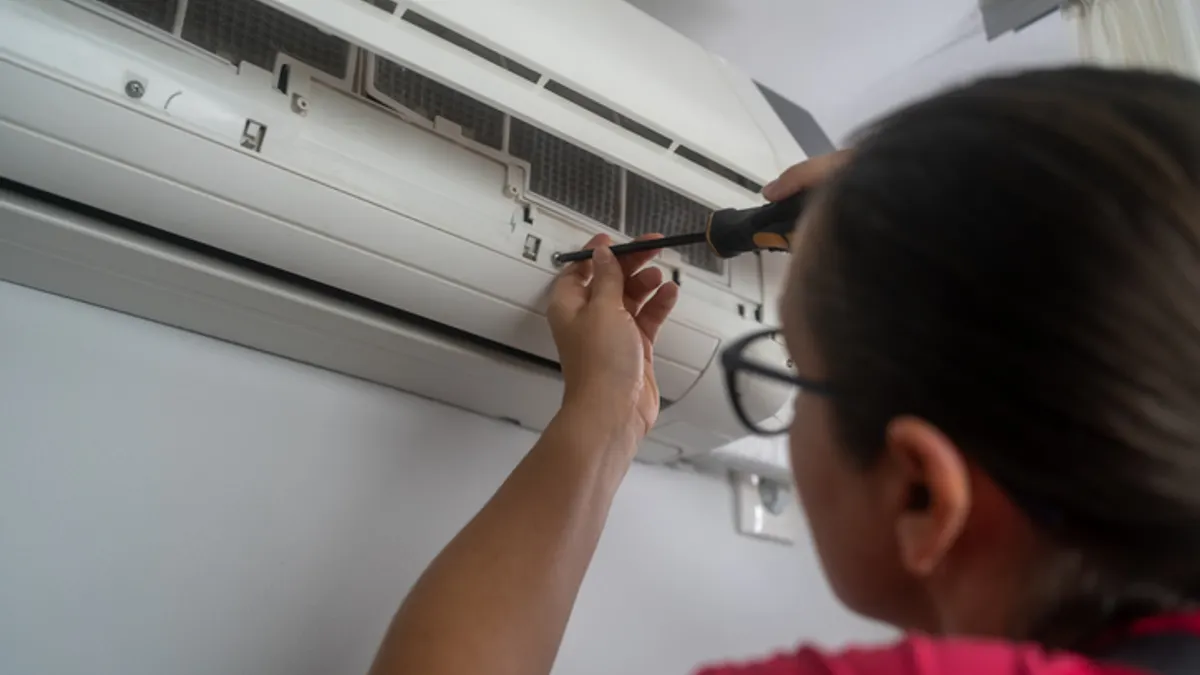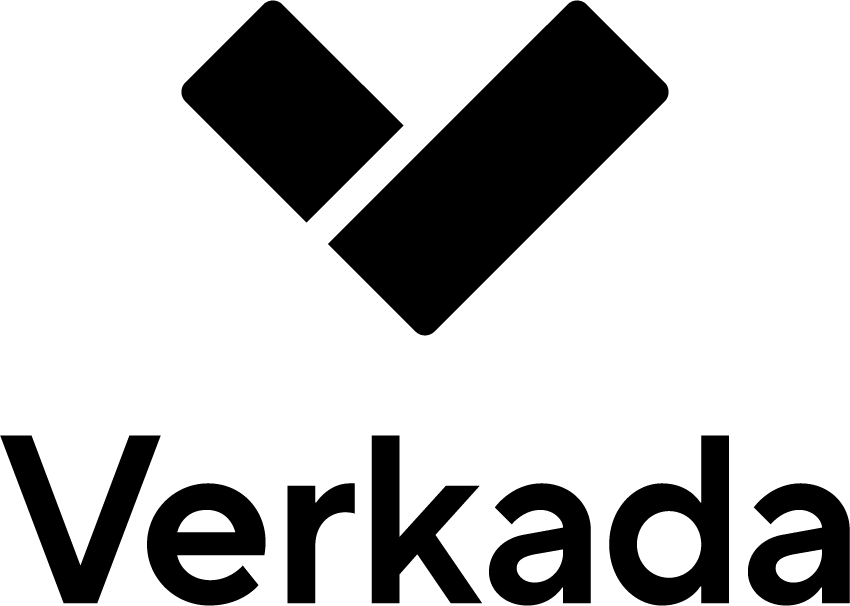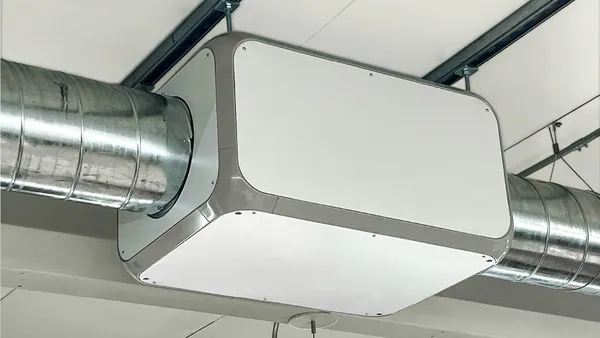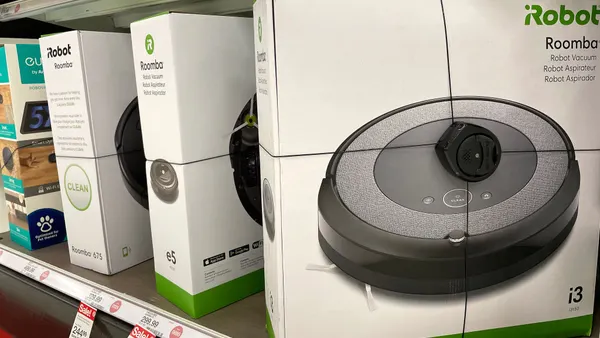Autonomous mobile robots, or AMRs, can provide a return on investment and help to alleviate staffing challenges but they must be adopted on the basis of a thoughtful change management strategy, according to one company that manufactures such robots.
“The industry is in the upswing, and you’re seeing it both from our success, but then also from the number of new players and entrants into the market space,” Seth Rourke, vice president of Tennant, which manufactures robotic cleaning scrubbers, said in an interview. Last month, the company sold its 10,000th robotic scrubber, underscoring that AMRs are a core strategy for commercial and industrial organizations that want to maintain high cleaning standards, it said in a release.
But how you manage the robots is key to their success, according to Rourke. The most successful deployments involve sponsorship, or someone to take leadership for implementation and support for the machine, he said.
“Everybody being responsible means nobody is really responsible,” Rourke said. “So it’s typically a narrower set of people that are going to have confidence with what it means to operate and maintain the piece of equipment.”
In some cases, he said, that means customers have a person that is responsible for machines across multiple locations. In others, like at manufacturing sites, there may be a maintenance supervisor that takes ownership of the machine.
“To buy a robot, drop it into a site and hope, is not a recipe for success.”

Seth Rourke
Vice President, Global Product Management at Tennant
Many of the optimal operating procedures, such as when to run the machine, vary by client, according to Rourke. “While it’s highly capable and very safe inside with people walking around, there’s probably certain times of the day where it really makes sense to do things,” Rourke said. “That’s one of those change management components. There are optimal times to deploy the product, and there are less-optimal times.”
Once the equipment is deployed, maintenance is largely the same as most manual pieces of equipment, he said. This includes checking additives or cleaning solutions, if a specific machine requires them, and wiping camera sensors and lenses with a microfiber once a day.
“Beyond that, if we’re scrubbing, there’s certain checks that you want to make around the squeegee being clean so you’re not trailing water,” Rourke said. “You still have to dump and fill the machine in most cases.”
To help organizations, Tennant provides an internal playbook that assists with thinking about these details. “We do a lot to qualify the understanding of what current operations are, and then propose a plan down to people that should now be responsible for certain things by getting an intimate knowledge of what customers operations personnel are currently doing,” Rourke said. “To buy a robot, drop it into a site and hope, is not a recipe for success.”
One major trend is that most organizations tend to go smaller with their robots. While it may be to clean a 30,000-square-foot facility with a particular piece of machinery, “when it comes to robotics, customers are willing to consider what may not be the optimal machine. They’re willing to consider something that’s maybe not sized appropriately.”
In most cases, that means a smaller machine with more frequent cleaning schedules, Rourke said.
As technology advances, the robots are getting smarter when it comes to optimal pathways and detecting obstructions. “Think about reducing touch points, using AI to do object recognition,” Rourke said. “As an example, certain things look very similar, and there’s some things we want to run over and clean up. There’s some things we want to drive around. AI is going to help us with that.”


